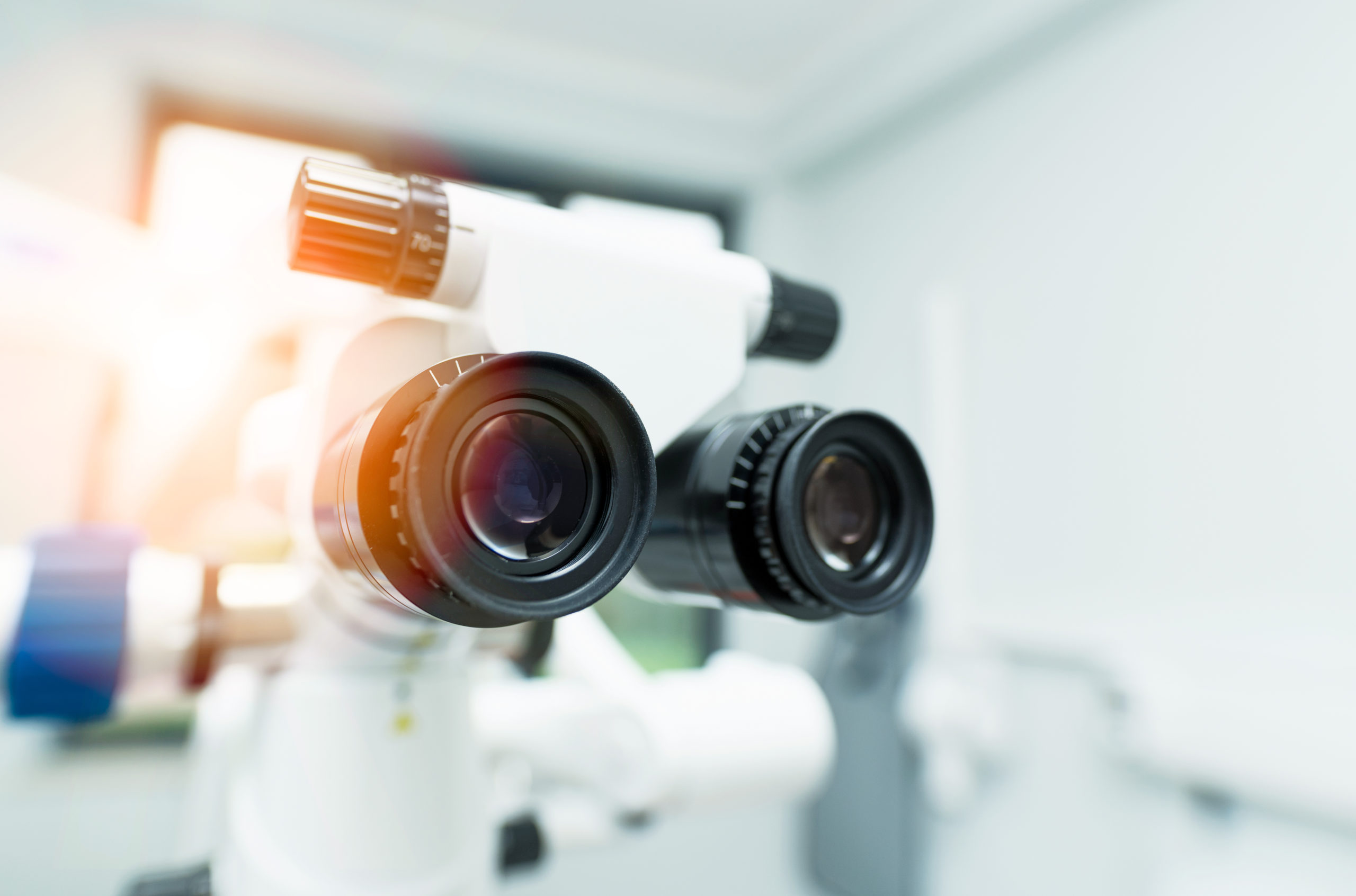This entry was posted on October 22, 2020 by UNITRON.
Sharing what you see under a microscope used to mean having someone else physically look into the instrument you were using. Today, digital cameras for microscopes make it easier than ever to share images with your students, colleagues, other professionals in your field, or anyone around the world.
There are a plethora of options available for microscope cameras. Choosing the one that’s best for you or your lab involves considering the format of your instrument, its intended applications, any specific requirements of the camera itself, and integration with your existing software or hardware.
Format of Microscope
One key factor that will determine the type of camera you purchase is the type of microscope you intend to use it with. If you have a trinocular microscope, then you can attach almost any camera with the help of an appropriate camera adapter. However, if you use a binocular microscope, you’ll first need some sort of beamsplitter to direct the light to a camera port. Beamsplitters are available for many upright microscopes and some stereo microscopes. You must then choose a camera and camera adapter that are suitable for your sample or application. A third option would be an eyepiece camera that inserts directly into the eyetube of your microscope — you won’t be able to use that eyetube anymore, but you’ll have a camera.
Application
One of the most important considerations is how you will be using the camera with your microscope so that you can decide which features you would like to have. Will you mostly be taking still images or videos? Are you going to be presenting live, or simply sharing your work afterward? These factors will help you determine whether you look for a camera with more control over the image acquisition process (capture) or if sharing the image across multiple devices via WiFi or Ethernet is preferred. Some cameras offer multiple connection modes, too.
Required Specifications for Camera
Like any other camera, digital cameras for microscopes have various standard specifications that you can use to compare them, including:
- Live resolution
- Capture resolution
- Pixel size
- Frame rate
- Exposure time
- White balance
- Other image settings (such as gamma, saturation, and contrast)
Integration with Existing Software and Hardware
One final consideration when choosing a camera for your microscope is ensuring that it will be compatible with any existing hardware or software. Some cameras work as standalone devices for image capture and may include their own built-in software, meaning that no PC is required. Other cameras have advanced software for control, acquisition, and measurement and must be connected to a PC. Still, other cameras give you the option to use them as a standalone device (no PC) or to use them with software for greater control and advanced functionality.
Find the Right Digital Camera for Your Microscope at UNITRON
There are plenty of factors to consider when choosing the right digital microscopy camera. If you would like assistance with selecting the right one for your application, reach out to us today.
This entry was posted in Blog on October 22, 2020 by UNITRON.
← Previous Post
Next Post →



